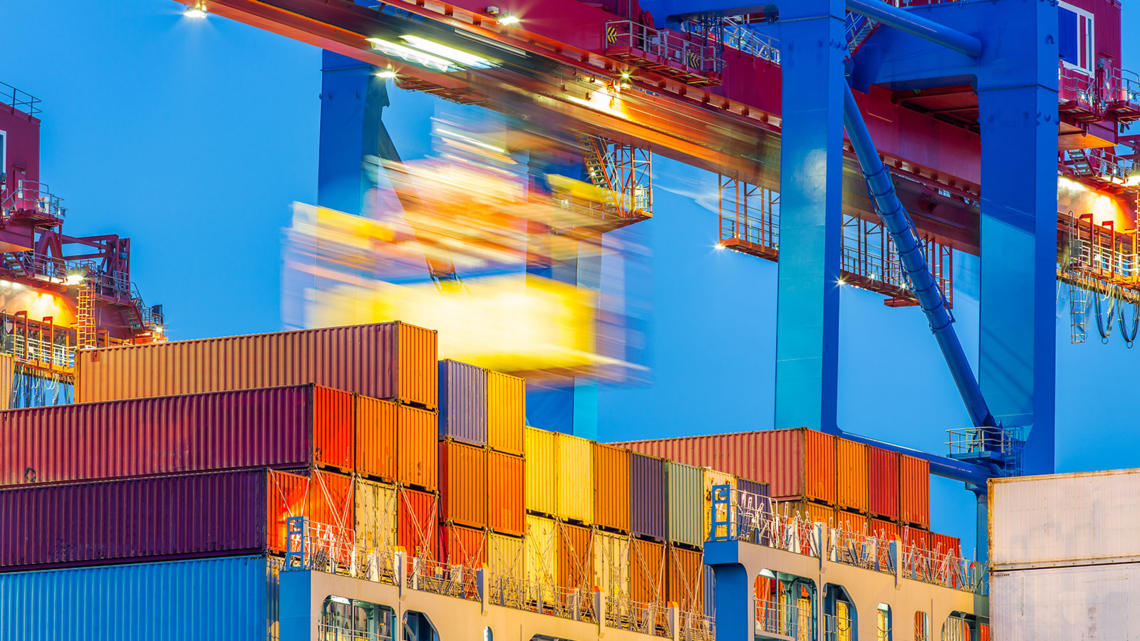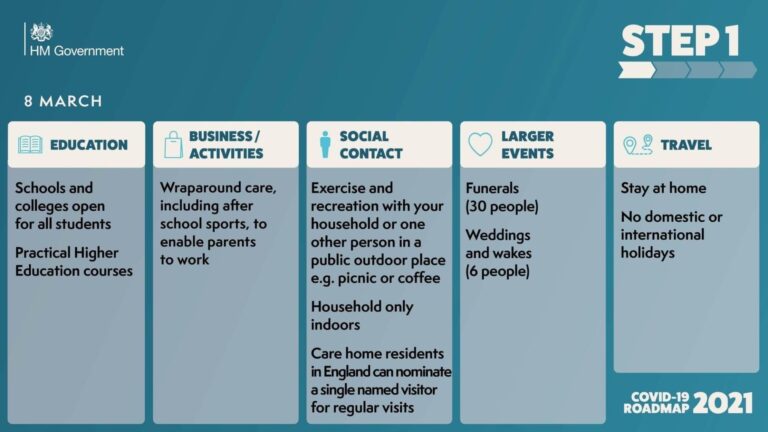

The Garden at the End of the World is about a girl who finds a rare plant near her home and goes on an adventure with her botanist mother to deliver it to the Global Seed Vault for safekeeping. This microdose of wonder during a dark time inspired what would become my first picture book.

More than one million seed samples from almost every country in the world are stored there in case of global disaster, such as war – or climate catastrophe. But this wasn’t a fantasy film, it was a real place: the Global Seed Vault in Svalbard – built by the Norwegian government for the good of humanity. And inside the mountain was a vault filled with millions of seeds. On the island was a mountain, its entrance marked by a glittering green art installation. One night the screen transported me to a magical place, an icy island halfway between Norway and the north pole, home to reindeer, polar bears and northern lights. Along with the rest of the world, I fell into a deep funk. Disposable masks littered the streets and KeepCups were banned. The air was safe to breathe again, but only if no one else was standing nearby. We would recover and mobilise in a unified way. The world was taking notice and I was sure things would be different after this. In the summer of 2019-2020, as bushfires raged across Australia, driving species to the brink of extinction and turning air hazardous, it seemed something had finally shifted. The low hum of climate anxiety is building to a roar and it’s having a profound effect on kids’ mental health. A survey of 10,000 young people in 2021 found 84% were at least moderately worried about climate change, 59% were extremely worried and 45% said it negatively affected their daily life and functioning. They navigate an increasingly complex world, with more awareness than ever before about what is going wrong – and it’s taking a toll. There was never any suggestion it might be too late to turn the ship around. We watched Captain Planet, recycled, sometimes picked up extra rubbish if we were being punished or feeling virtuous, but we mostly trusted adults had things in hand. But we didn’t feel that we had to carry the weight of the world on our shoulders. It’s easy to wearily suggest kids today have it better. Dial-up internet was years away from being a fixture in most homes and we collected cardboard circles from chip packets for fun. Our world was smaller then, information thinner on the ground. Clean Up Australia Day was still in its infancy. I had a thing for dolphins and wanted to be a marine biologist. I remember carefully spelling out CHLOROFLUOROCARBONS in bubble letters on poster paper for a school project. This was the 1990s, when we were all very concerned about CFCs and other greenhouse gases, although not enough to lose sleep over them. W hen I was in primary school my favourite Baby-Sitters Club member was Dawn Schafer, the environmental crusader.


 0 kommentar(er)
0 kommentar(er)
